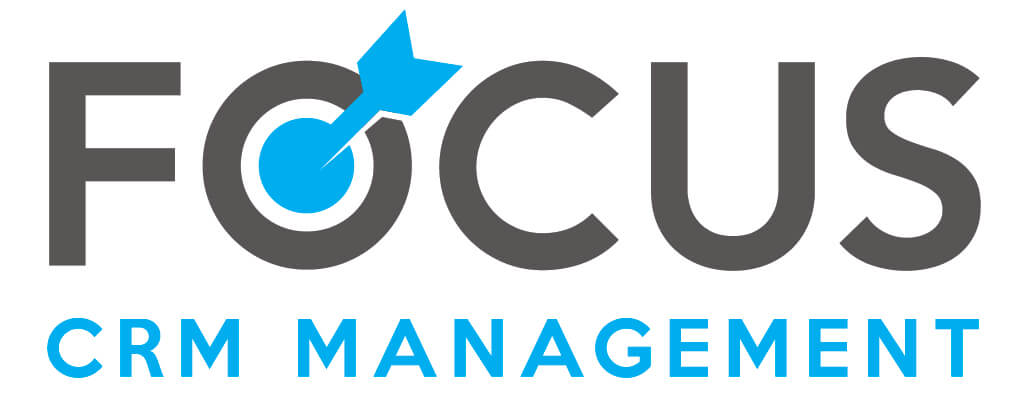Our team recently had an open conversation about a common sales challenge that many companies face. While on the phone with a prospect, it’s common for sales people to go through a wide range of features that might apply or drive value to them. But what happens when a prospect reacts apprehensively to an impressive amount of features?
A robust number of product features may captivate the attention and desire of some leads, but others may see this as paying for more features than they need.
First, it’s important to understand the mindset of the prospect. While having a fully featured product offering is a strength for some companies, others need to understand how that can actually be detrimental. In this case, the prospect is forming a value proposition based on the price of the solution vs. the features offered.
The Problem: Cost vs. Benefit of Features
Imagine this scenario – a prospect goes into a Home Depot store looking for an Alan Key, but instead found a multi-tool that included the Alan Key. The multi-tool costs $50, and includes the Alan Key in addition to four more attachments that they do not need.
When considering the cost of the tool needed compared to the entire solution cost, the value proposition for the tool is diminished.
A prospect may perceive that they only need 20% (1/5) of the tool, so that sets the expectation that they need a $10 solution that is more targeted. When they approach the value proposition of the multi-tool, it’s hard to justify spending another $40 for features that aren’t (at least immediately) needed.
A Potential Solution: Prospect Grows into Features
A common way that sales teams handle this is to assure the prospect that as they grow, they will be grateful that they can use more of the platform without having to pay extra. This is a good point, but it doesn’t resolve the underlying fear that the prospect is overpaying for features they aren’t using.
This actually creates pressure for the prospect to take advantage of the unused features so they don’t feel like they’re losing value for what they are paying.
How to Deal with Prospects Overwhelmed by Features: Three-Step Approach
If discussing the future value of these features isn’t helpful in the sales process, what should you do? Surely there’s still benefit to mentioning these features, but what’s the best way to talk about them so that it doesn’t diminish the value of the tools actually needed?
The following three-step approach is what Focus’ Sales Management Team advises to better communicate the value of a robust, multi-featured solution.
1. Deal with the Main Objection by Reframing Value Proposition
The value of a solution needs to be measured against the problem that it solves, not the features it provides. If your solution helps them make or save more than they were, then it’s already paying for itself no matter how many of the features they use. To get to this value proposition, understand the impact of the problems you solve for their business.
It’s then possible to frame the value of the solution against the cost of the problem, rather than measuring against product features.
In the Home Depot analogy, if a tool costs $50 but it will fix the water heater, and a new water heater is a couple thousand dollars, or a technician will charge $200 to fix it, then spending $50 to save at least $150 is a no-brainer.
2. Explain How a Robust and Flexible Solution Mitigates Long-Term Commitment Risk
Now that we’ve reframed the value proposition, position the idea that the platform can grow and change with the prospect’s business. This mitigates the risk that they will outgrow the solution in a few short years and have to pivot their strategy – this usually means additional cost.
We would position it like this, “I understand that our platform is very robust. You may see a lot of features that you might not use right away, but nobody on our platform makes full use of every single feature we have available. What you’re really paying for is a flexible platform that can accommodate whatever your business needs. If the needs of your business change, we can accommodate that too with a number of features at no additional expense.”
3. Be a Consultant, not a Salesperson
Going back again to the Home Depot example, we could look at the multi-tool and think, “I don’t need these other four tools, I haven’t had any need for them thus far and don’t even know what they do.” The same could be said of prospects looking at your solution. If you could ever find a salesperson at Home Depot, they would (hopefully) explain the usefulness of those additional tools and drive value from that I hadn’t considered.
The prospect should understand when talking to you that you are invested in the success of their business. Ask questions, and show them some things that if they aren’t doing now, they should consider.
There are two kinds of needs; those that the prospect knows that they have, and those that the prospect has but don’t know about. Most companies do a good job of catering to the needs customers know and tell them about, but can do a much better job of uncovering the latter and provide value where other companies cannot. It also makes are value proposition much more compelling.
Sales Management Support: Scale Your Team’s Success
Our team of experts can consult your company on sales best-practices and ensure you’re ready to scale. With software and consulting solutions, we’re here to help you grow.
If your sales team would benefit from support, either in outsourcing sales tasks or enhancing the skills of your sales team, contact Focus.

